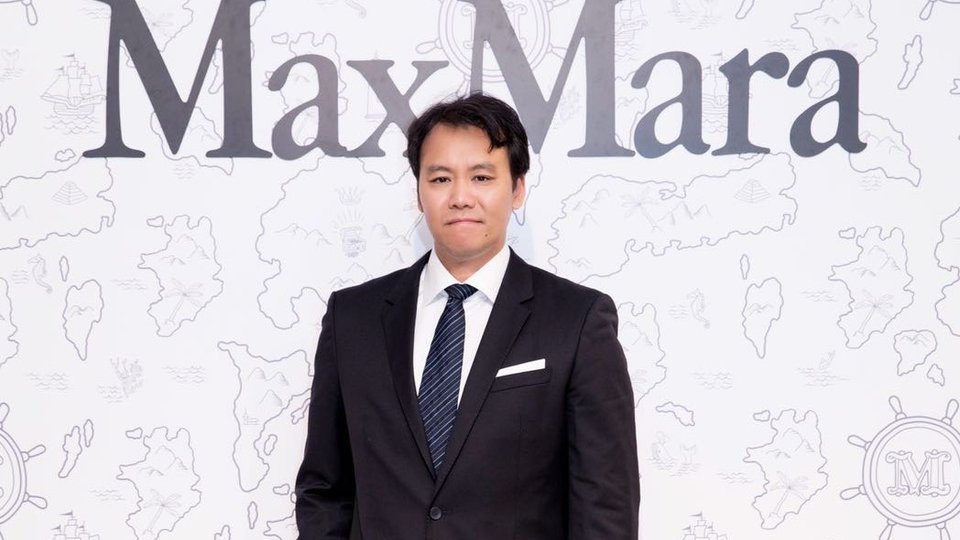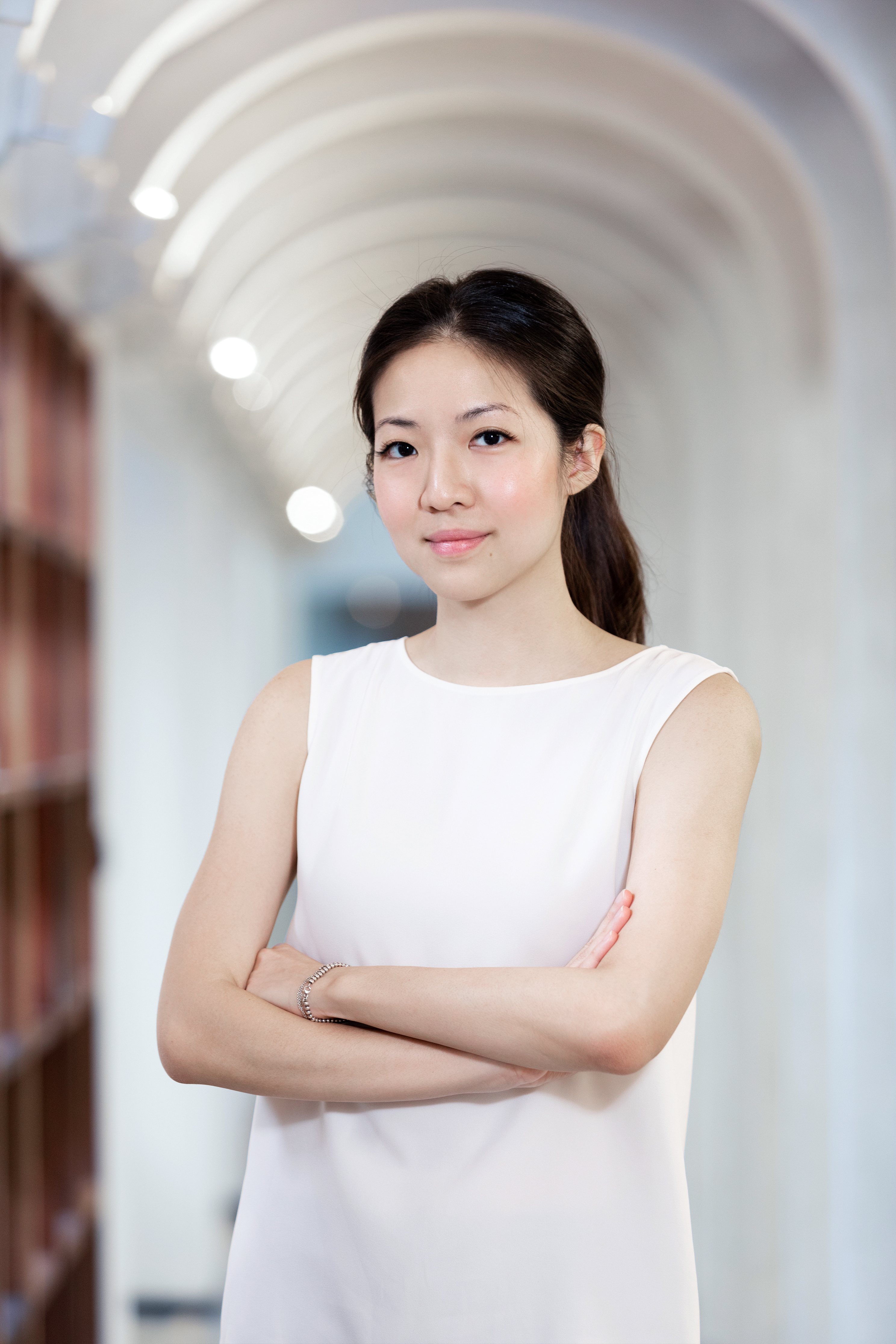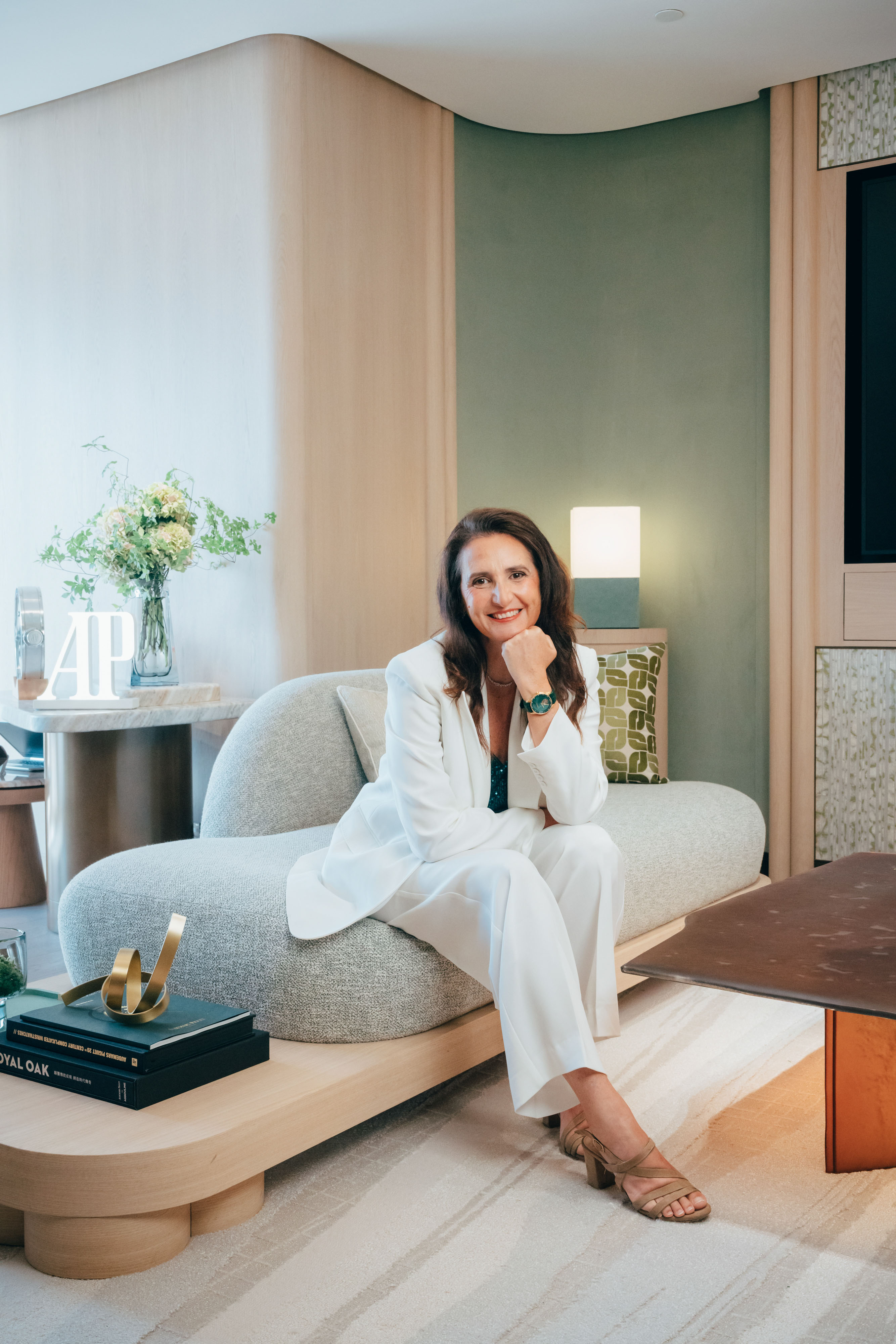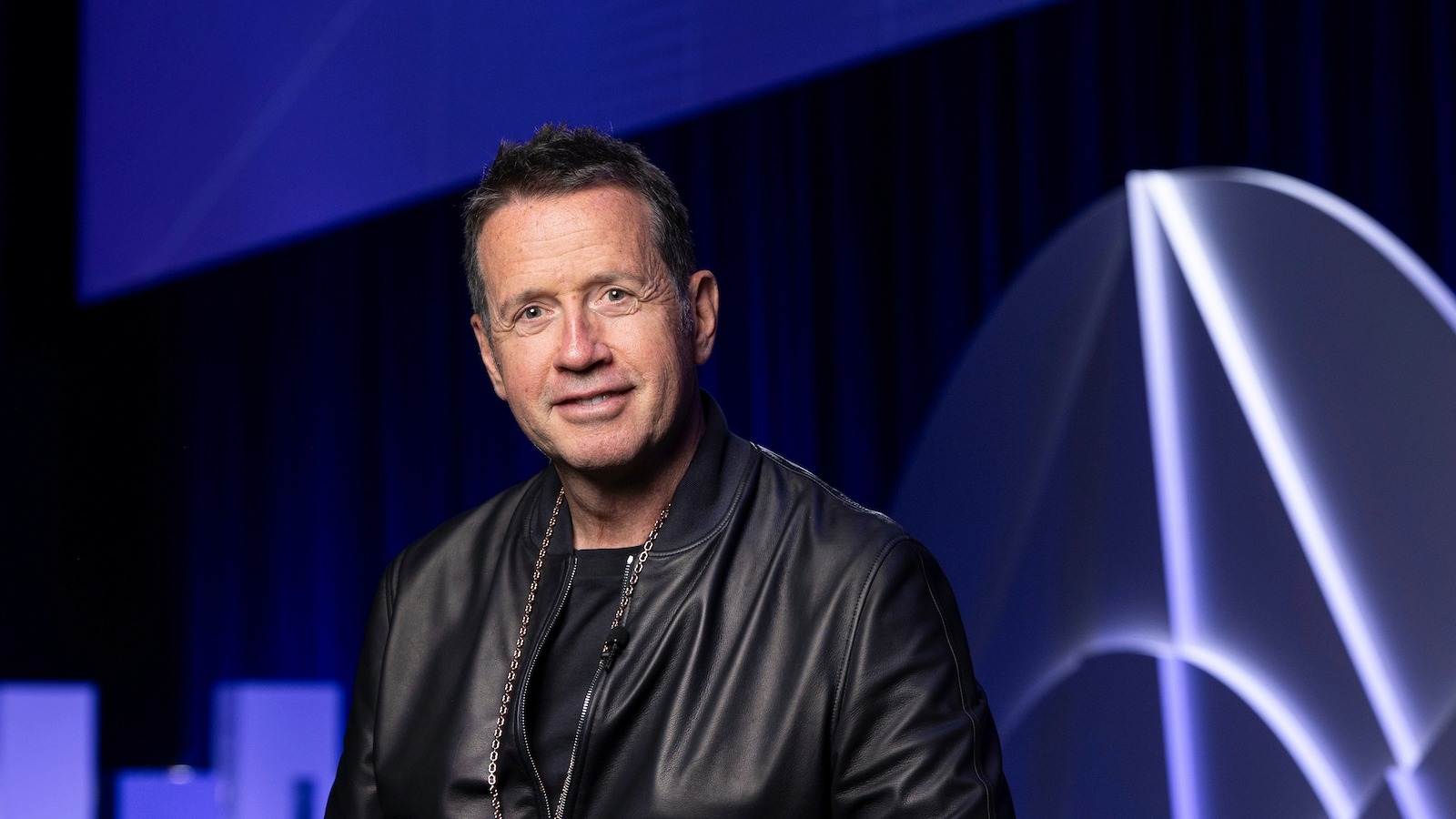Ahead of the upcoming Luxury Society Keynote in Shanghai, Esteban Liang, CEO of GBMax, Max Mara Group of Brands, tells us more about his thoughts on the changing digital landscape in China.

Ahead of the upcoming Luxury Society Keynote in Shanghai, Esteban Liang, CEO of GBMax, Max Mara Group of Brands, tells us more about his thoughts on the changing digital landscape in China.
As the digital landscape in China continues to evolve, consumer behaviours are changing and brands are developing new strategies and tactics to keep apace. While COVID-19 might have played a role in catalysing the digital transformation of some brands in China, others have already been steadily building up their digital offerings over the past few years.
The upcoming Luxury Society Keynote Shanghai will take place on 26 November and explore The New State of Commerce in China, in greater detail. Top level luxury executives will be sharing their experiences and opinions in the form of presentations, interviews and discussion panels. Among the impressive line-up of speakers is Esteban Liang, CEO of GBMax, Max Mara Group of Brands. He brings with him 15 years of experience in the retail sector, spanning the luxury, fast fashion and food and beverage categories.
Many international brands have stepped up their digital efforts in China following the COVID-19 pandemic. This has led to the emergence of new trends and a resurgence of existing ones, such as social selling, social CRM and livestreaming, for instance. What are your thoughts on this?
I think this is accurate for many industries, and most definitely for retail; the COVID-19 pandemic has served, if not as a kick-starter, certainly as an accelerator for many digital initiatives. In retail they all eventually serve the purpose of communicating with the customer to better understand his needs, and to satisfy them. It was only natural that in a period of time where access to stores was limited, brands reverted to the only other channel that was relatively open – which is the digital one.
In your opinion, how can a luxury brand leverage livestreaming in a way that does not dilute brand image, while driving conversions?
I think this can be done through careful selection of the platform and the customers it serves. This is a good starting point, but I also believe that brands should listen to customers and acknowledge that if customers find it acceptable to interact with certain platforms, it does not necessarily mean the brand image is diluted or harmed.
How does the Max Mara Group of Brands in China ensure that their digital teams don’t function in silos and instead work as a whole to maximise the impact of any given digital initiative?
One of the measures or initiatives we have taken is to create a Digital Transformation Committee, which comprises the teams of all those functions. We meet, discuss and agree on all digital initiatives so that they are balanced and coherent with the company’s goals and direction.
Cover Image: Max Mara

LS Keynote 2020
Thursday, 26 November
The New State of Commerce in China










